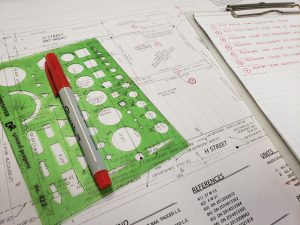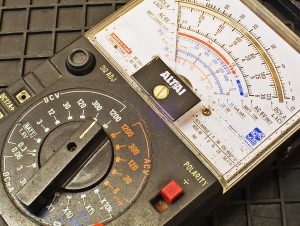If batteries are the gas tank of your solar system, then solar panels are the pump that keeps filling it up—except instead of gas, they run on free sunshine. Panels are the most visible part of any off-grid build, and while they look like flat, shiny slabs of simplicity, there’s a bit more to them than just “slap some on the roof and call it a day.”
Panel Types Explained
Not all panels are created equal. Here’s the lineup:
Monocrystalline: High efficiency, sleek black color, and usually the best bang for limited space. They’re the premium option—think of them as the solar equivalent of a craft beer.
Polycrystalline: Lower efficiency, blue tint, but cheaper. Good if you’ve got plenty of roof space and don’t mind giving up a bit of performance.
Thin Film: Lightweight, flexible, and easy to mount on curved surfaces, but less efficient. These are the ultralight backpacking meals of the solar world—convenient but not always filling.
Bifacial: They absorb sunlight on both sides (top and bottom) if mounted correctly. More efficient, but you’ll pay for that extra cleverness.
Wattage and Sizing
Once you’ve picked your panel type, the next question is “how many watts do I need?” This depends on your daily power use (remember that thrilling math from the planning stage). Divide your daily watt-hours by your location’s average peak sun hours, add a safety margin (clouds happen), and that’s your target panel wattage.
For example, if you use 1,500 Wh per day and your area averages 5 sun hours, you’ll need at least 300 watts of panels. Bump it to 400 or 500 watts to cover cloudy days and future upgrades.
Fixed vs. Portable Panels
Here’s where lifestyle matters.
Fixed panels mount to your roof. They’re always working when the sun’s out, and they’re low-maintenance. Perfect for folks who like “set it and forget it” energy. The tradeoff? Park in the shade, and your power output drops like a rock.
Portable panels fold out like a suitcase or prop up on the ground. They let you chase the sun even if your trailer’s tucked under a tree. The downside: you’ve got to set them up, move them around, and keep them from blowing away.
Hybrid setups combine both—roof panels for steady baseline charging and portable panels for top-offs when you need extra juice.
Modular vs. All-in-One Compatibility
If you’re running a modular system, your panels connect to a separate charge controller. That means you need to size both the panel array and the controller properly. Pay attention to volts, amps, and how you wire them (series, parallel, or a mix).
For all-in-one systems, life’s easier but more limited. Each unit has a maximum input voltage and current rating—exceed it, and you’ll either waste panel capacity or fry something expensive. Always match your panels to the specs of the power station.
Practical Panel Tips
Panels like sun but hate shade. Even a small shadow across one panel can tank your output.
Tilt mounts can boost efficiency in winter, but they add complexity. Flat-mounting works fine if you’re not chasing every last watt.
Clean them now and then—dust, pollen, and bird “gifts” all cut performance.
Buy extra MC4 extension cables. You’ll thank yourself when parking spots don’t line up perfectly with the sun.
Wrapping It Up
Solar panels may not be as “fun” as an inverter that can run a blender in the desert, but they’re the muscle behind the whole operation. Choose the right type, size them realistically, and decide whether you’re a roof-mount minimalist, a portable sun-chaser, or a hybrid type. Do it right, and you’ll never have to hear a generator ruin your campsite silence again.
Your Turn
Do you prefer the “always charging” simplicity of roof panels or the flexibility of portable ones?
How much roof space are you willing to sacrifice for solar—some, most, or all of it?
If you had to pick, would you go for higher efficiency (monocrystalline) or lower cost (polycrystalline)?
Have you ever had a trip ruined by parking in the shade with no backup panels?
Would you trust bifacial or thin-film panels on a camper build, or stick with the classics?






